👨👩👧👦 Deepfakes: Faces Created by AI Now Look More Real Than Genuine Photos
Yet Many Still Deny the Possibility That We Live in a Simulation ...
These faces may look realistic, but they were generated by a computer. NVIDIA, via thispersondoesnotexist.com
Manos Tsakiris, Ph.D., The Conversation
Even if you think you are good at analysing faces, research shows many people cannot reliably distinguish between photos of real faces and images that have been computer-generated. This is particularly problematic now that computer systems can create realistic-looking photos of people who don’t exist.
Recently, a fake LinkedIn profile with a computer-generated profile picture made the news because it successfully connected with US officials and other influential individuals on the networking platform, for example. Counter-intelligence experts even say that spies routinely create phantom profiles with such pictures to home in on foreign targets over social media.
These deep fakes are becoming widespread in everyday culture which means people should be more aware of how they’re being used in marketing, advertising and social media. The images are also being used for malicious purposes, such as political propaganda, espionage and information warfare.
Making them involves something called a deep neural network, a computer system that mimics the way the brain learns. This is “trained” by exposing it to increasingly large data sets of real faces.
In fact, two deep neural networks are set against each other, competing to produce the most realistic images. As a result, the end products are dubbed GAN images, where GAN stands for Generative Adversarial Networks. The process generates novel images that are statistically indistinguishable from the training images.
In our study published in iScience, we showed that a failure to distinguish these artificial faces from the real thing has implications for our online behaviour. Our research suggests the fake images may erode our trust in others and profoundly change the way we communicate online.
My colleagues and I found that people perceived GAN faces to be even more real-looking than genuine photos of actual people’s faces. While it’s not yet clear why this is, this finding does highlight recent advances in the technology used to generate artificial images.
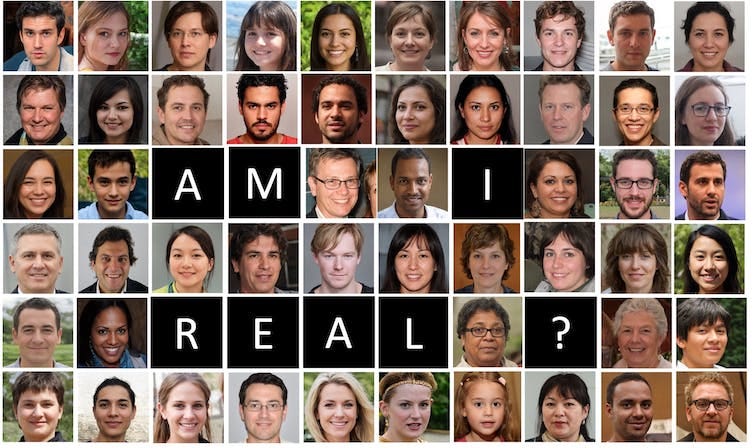
And we also found an interesting link to attractiveness: faces that were rated as less attractive were also rated as more real. Less attractive faces might be considered more typical and the typical face may be used as a reference against which all faces are evaluated. Therefore, these GAN faces would look more real because they are more similar to mental templates that people have built from everyday life.
But seeing these artificial faces as authentic may also have consequences for the general levels of trust we extend to a circle of unfamiliar people—a concept known as “social trust.”
We often read too much into the faces we see, and the first impressions we form guide our social interactions. In a second experiment that formed part of our latest study, we saw that people were more likely to trust information conveyed by faces they had previously judged to be real, even if they were artificially generated.
It is not surprising that people put more trust in faces they believe to be real. But we found that trust was eroded once people were informed about the potential presence of artificial faces in online interactions. They then showed lower levels of trust, overal—independently of whether the faces were real or not.
This outcome could be regarded as useful in some ways, because it made people more suspicious in an environment where fake users may operate. From another perspective, however, it may gradually erode the very nature of how we communicate.
In general, we tend to operate on a default assumption that other people are basically truthful and trustworthy. The growth in fake profiles and other artificial online content raises the question of how much their presence and our knowledge about them can alter this “truth default” state, eventually eroding social trust.
Changing Our Defaults
The transition to a world where what’s real is indistinguishable from what’s not could also shift the cultural landscape from being primarily truthful to being primarily artificial and deceptive.
If we are regularly questioning the truthfulness of what we experience online, it might require us to re-deploy our mental effort from the processing of the messages themselves to the processing of the messenger’s identity. In other words, the widespread use of highly realistic, yet artificial, online content could require us to think differently—in ways we hadn’t expected to.
In psychology, we use a term called “reality monitoring” for how we correctly identify whether something is coming from the external world or from within our brains. The advance of technologies that can produce fake, yet highly realistic, faces, images and video calls means reality monitoring must be based on information other than our own judgments. It also calls for a broader discussion of whether humankind can still afford to default to truth.
It’s crucial for people to be more critical when evaluating digital faces. This can include using reverse image searches to check whether photos are genuine, being wary of social media profiles with little personal information or a large number of followers, and being aware of the potential for deepfake technology to be used for nefarious purposes.
The next frontier for this area should be improved algorithms for detecting fake digital faces. These could then be embedded in social media platforms to help us distinguish the real from the fake when it comes to new connections’ faces.
The single real face in the composite image above is located in the second column from the left, fourth image from the top.
This article, discovered here, is offered under a creative commons license.
Manos Tsakiris, a Professor of Psychology, is Director of the Centre for the Politics of Feelings at the Royal Holloway University of London.





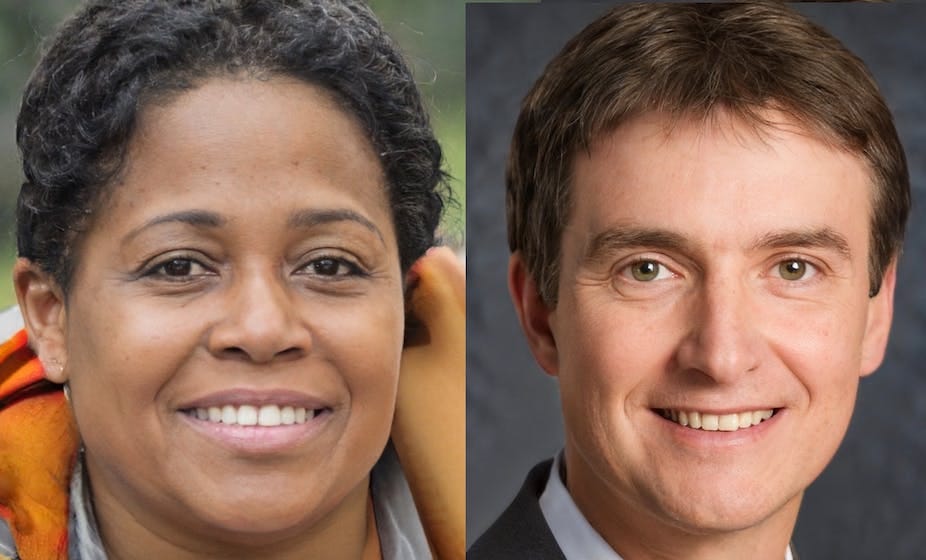
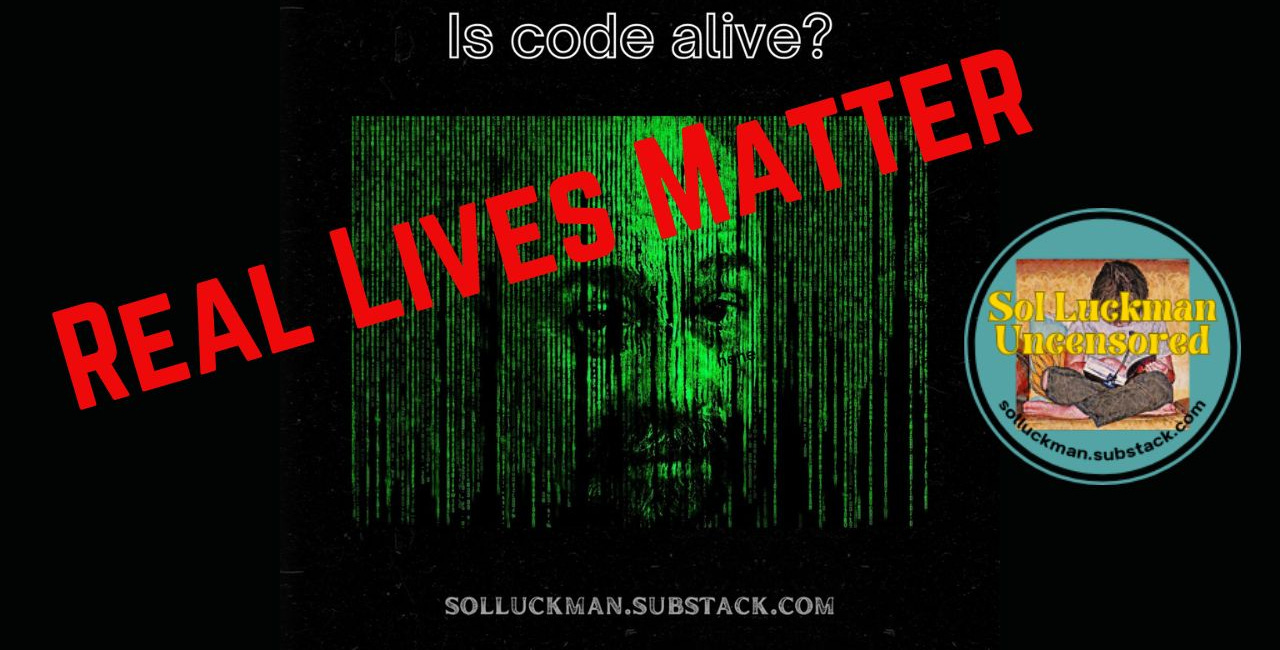

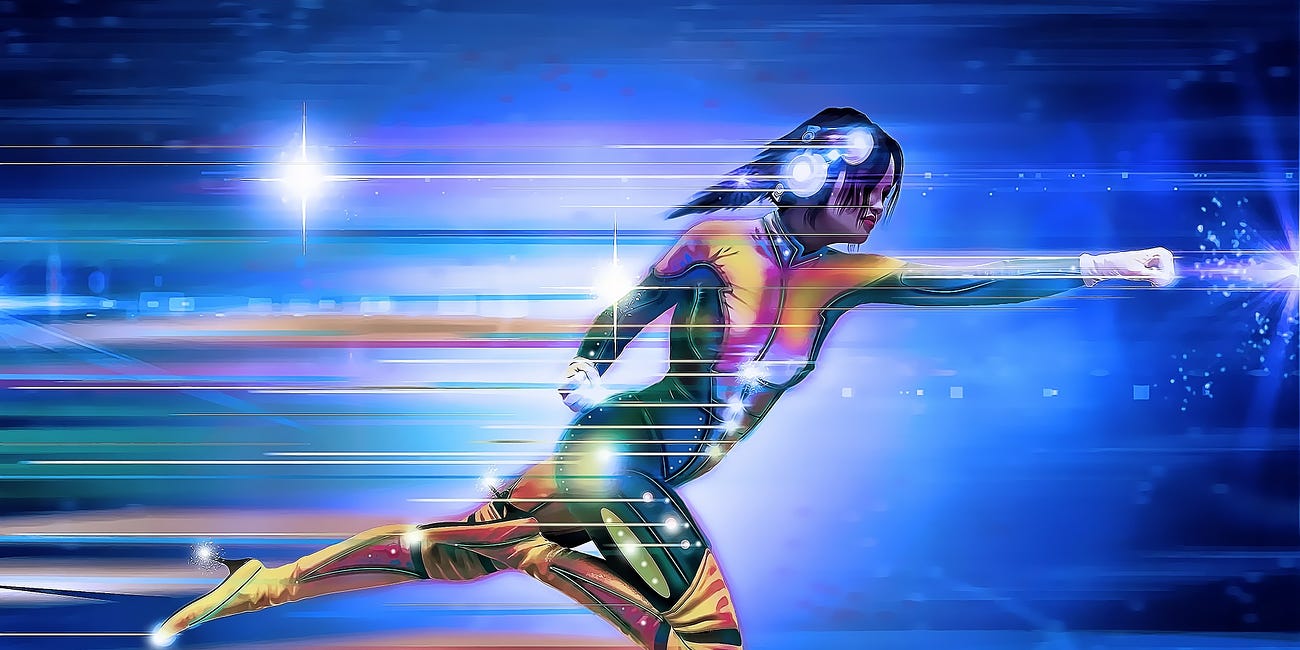
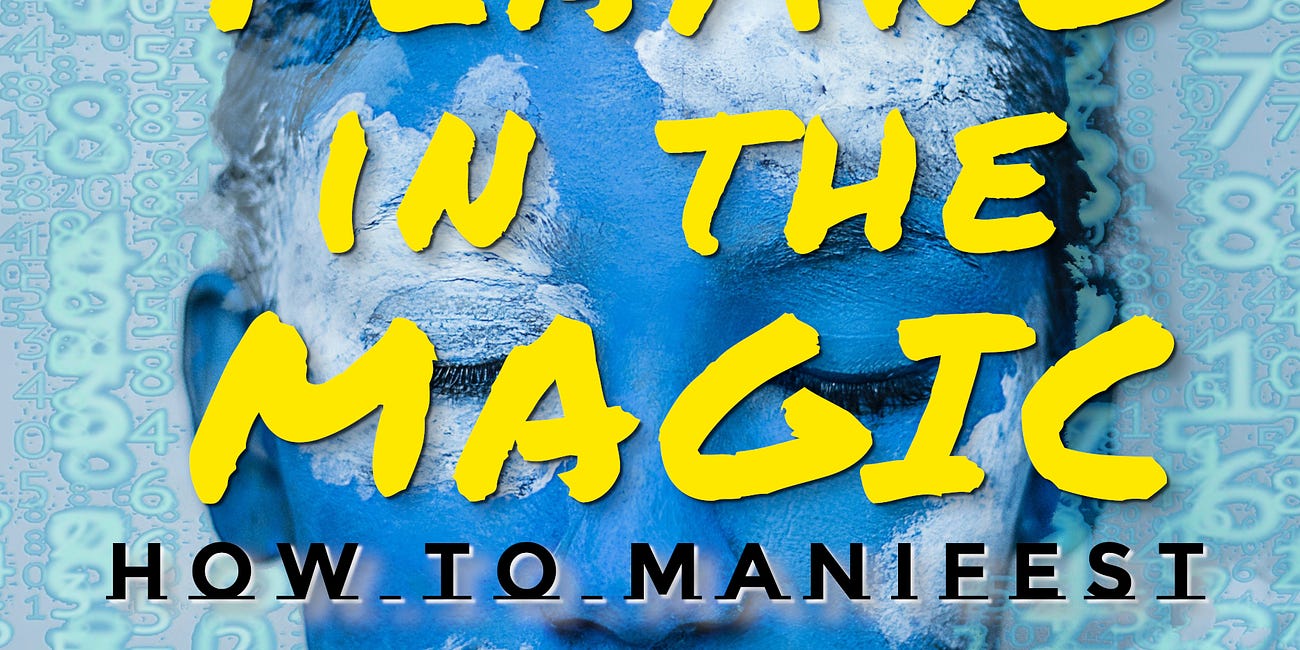
Will the Real Joe Biden Please Fall Down? (& Other Freakish Mysteries on the World Stage) https://solluckman.substack.com/p/will-the-real-joe-biden-please-fall I’m presenting the following images without initial comment to facilitate a thought experiment for those of us still capable of thinking for ourselves in the face of so much media gaslighting, fearmongering and outright propaganda.
🫥 Who’s the Real Phony Here? (Musings on Authenticity & Facelessness) https://solluckman.substack.com/p/whos-the-real-phony-here If I’m to be truly authentic, I must confess: I tend to find anyone giving other people instructions on how to be authentic … inauthentic.